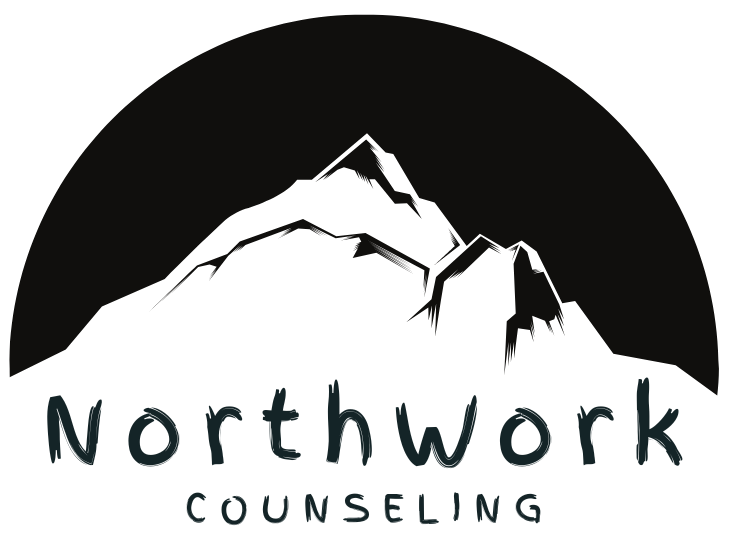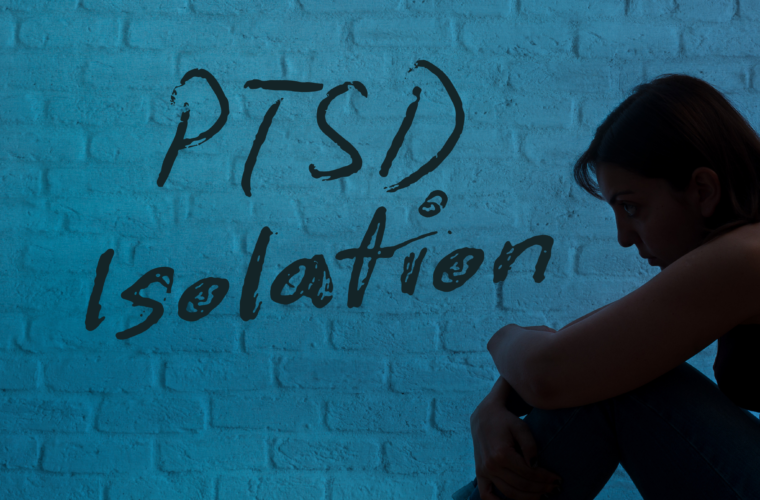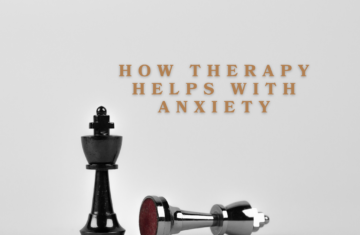Understanding How Trauma Disrupts Social Connection
Post-Traumatic Stress Disorder (PTSD) often occurs after something terrible has happened—something outside the normal human experience. This trauma can deeply impact how the brain processes information, emotions, and even everyday interactions. The result can be intense feelings of isolation and loneliness, as if you’re completely detached from those around you.
Why Trauma Leads to Loneliness
One reason PTSD often leads to loneliness is that the trauma disrupts a person’s sense of safety and trust. When someone experiences trauma, their natural reaction might be to pull away from others to protect themselves from further pain or misunderstanding. This withdrawal is not intentional but rather a coping mechanism. It might feel safer to avoid interactions rather than risk being misunderstood, judged, or retraumatized.
Another factor is the common misconception about PTSD—that those who suffer should just be able to “move on” or “get over it.” Such misunderstandings, even when they’re well-intended, can make a person feel invalidated or even guilty for their own struggle. It can reinforce the idea that no one truly understands their experience, further deepening their isolation.
Effective Strategies to Overcome Loneliness in PTSD
In therapy, addressing loneliness involves careful, compassionate strategies. One effective approach is Behavioral Activation, which emphasizes that “doing something is better than nothing at all.”
Small, achievable steps like reaching out to a trusted friend, joining a support group, or engaging in a simple, enjoyable activity can significantly reduce feelings of isolation. By gradually reintroducing positive experiences and interactions, individuals with PTSD can slowly rebuild trust in themselves and others.
Practical coping skills play a significant role in managing PTSD and reducing loneliness. Techniques like deep breathing, mindfulness exercises, regular walks, and maintaining healthy daily routines offer immediate ways to manage stress and anxiety. These activities not only soothe emotional distress but also provide opportunities for reconnecting with others. For instance, going for a walk in the park might open chances for casual social interactions, gently challenging the urge to isolate.
Building Your Support Network
Overcoming isolation also involves building a supportive network. This can include professionals, support groups, family members, or friends who are patient, understanding, and nonjudgmental. Creating such a support network might seem daunting at first, but the incremental approach advocated in therapy can make this process feel manageable and safe.
Hope and Recovery from PTSD
Success stories abound among individuals who have faced PTSD head-on. Both kids and adults have demonstrated remarkable resilience, gradually re-engaging with their communities, participating in activities they once enjoyed, and rebuilding meaningful relationships. These successes clearly illustrate that recovery from PTSD, including overcoming feelings of loneliness, is entirely possible. With patience, effort, and support, many have found a renewed sense of connection and belonging, significantly reducing their symptoms and enhancing their quality of life.
Research supports this optimism. For example, a 2018 research protocol by the Agency for Healthcare Research and Quality outlines methods for systematically reviewing evidence to identify the most effective PTSD treatments for adults. Additionally, a 2020 systematic review found strong evidence supporting trauma-focused cognitive behavioral therapy (CBT) and eye movement desensitization and reprocessing (EMDR) as effective first-line treatments for PTSD, significantly reducing symptoms and improving patients’ overall well-being.




